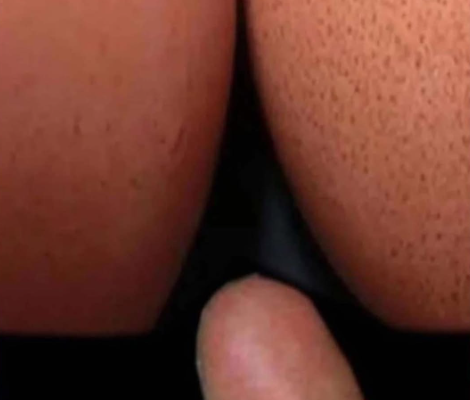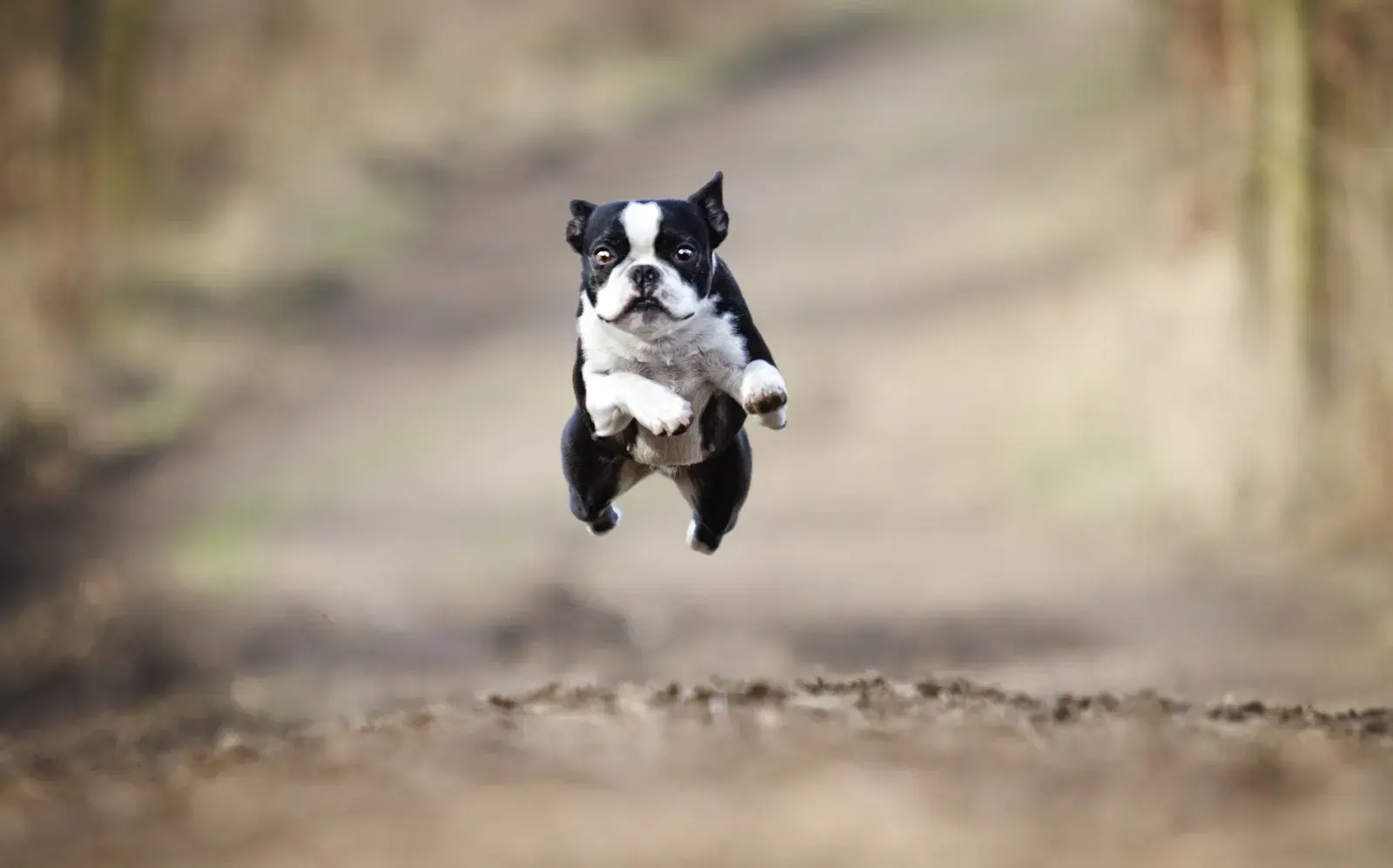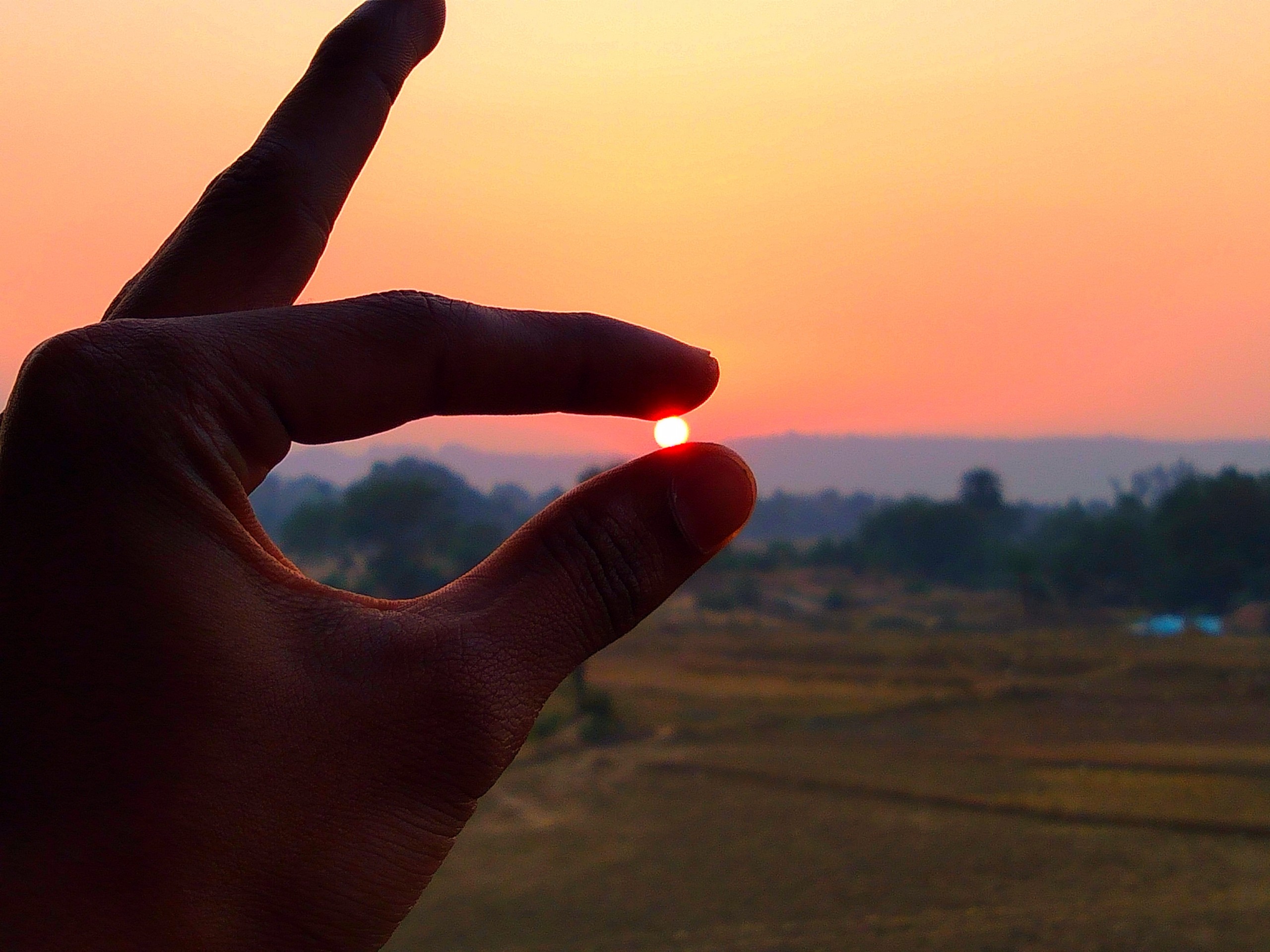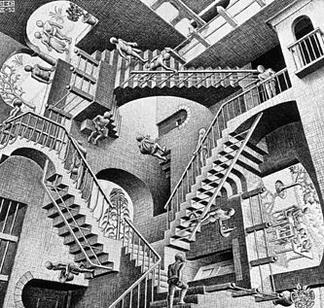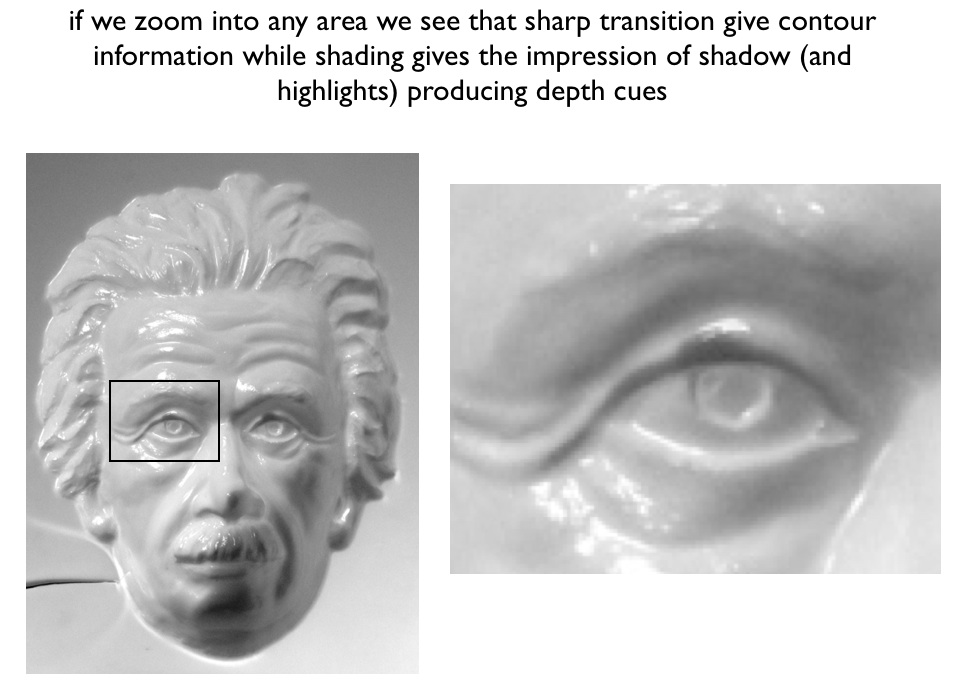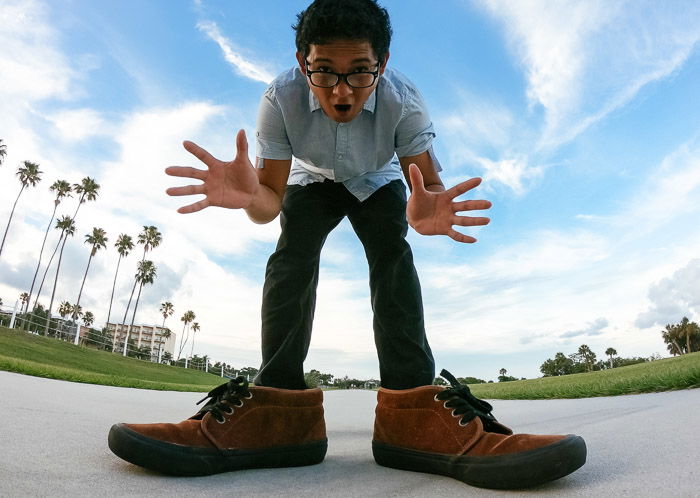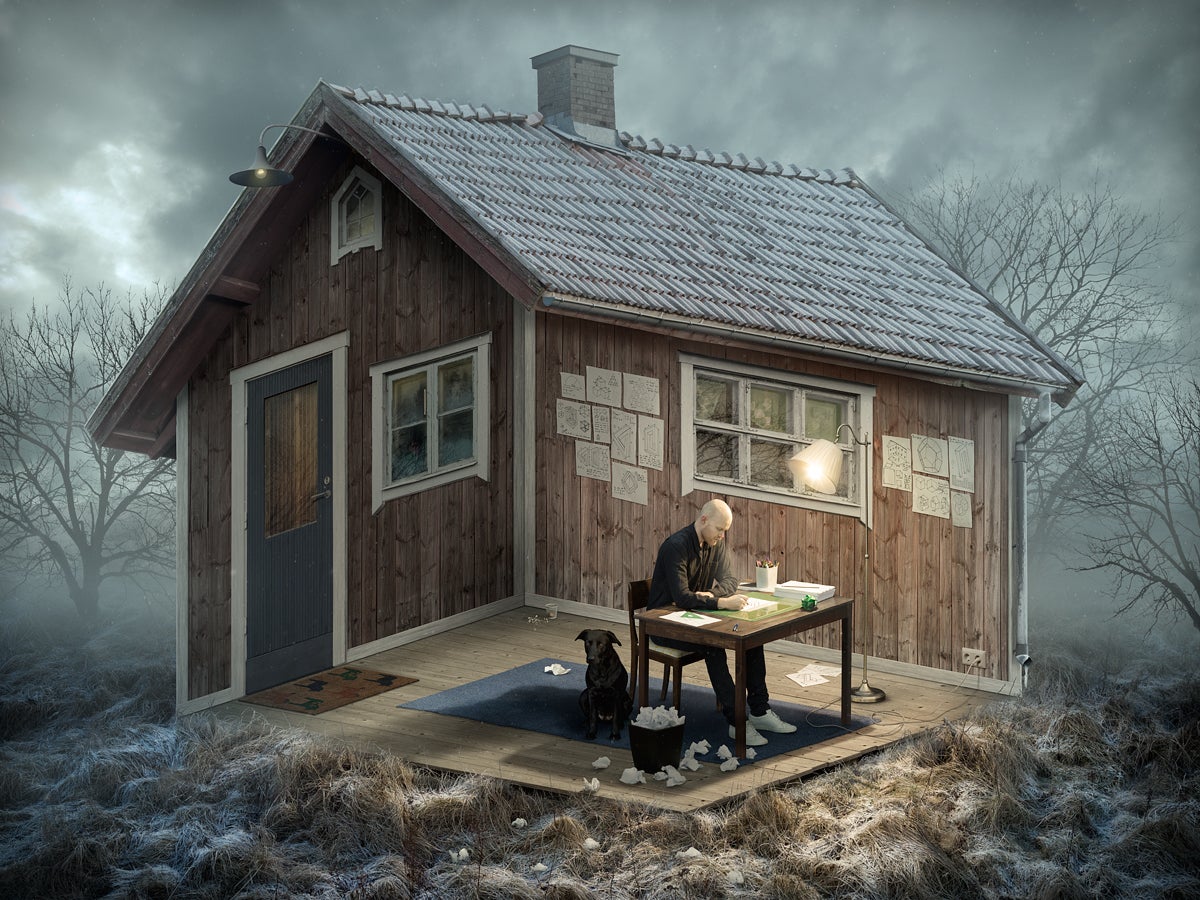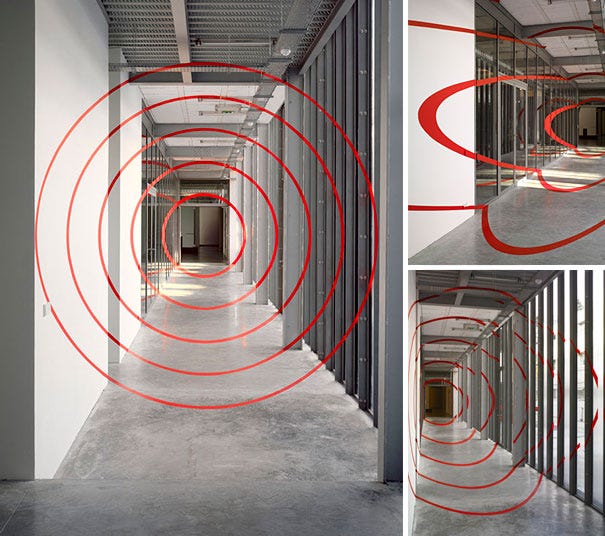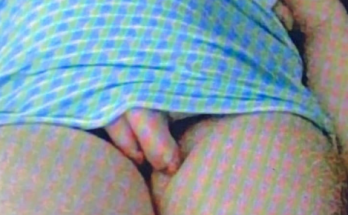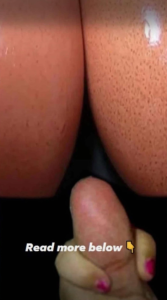 👀 Pictures That Need a Second Look: When Reality Plays Tricks on Your Eyes
👀 Pictures That Need a Second Look: When Reality Plays Tricks on Your Eyes
We live in a world overflowing with images. From social media feeds to family albums, we scroll through hundreds of photos daily without giving them more than a passing glance. But every now and then, a single photo makes you stop — your brain hits pause, your eyes narrow, and you mutter: “Wait… what am I looking at?”
These are the kinds of pictures that need a second look — fascinating, confusing, and sometimes hilarious illusions that reveal how easily our perception can be fooled. These images aren’t always Photoshopped. Often, they’re just perfectly timed, cleverly angled, or framed in a way that bends the brain.
Here’s a deep dive into why these kinds of pictures fascinate us, how they trick our brains, and the stories behind some of the most unforgettable illusionary moments.
1. The Magic of Perfect Timing
One of the most common reasons a picture makes us do a double take is perfect timing. Sometimes, a photo captures a single fraction of a second that transforms something ordinary into something extraordinary.
-
A dog mid-jump looks like it’s hovering in the air.
-
A person walking behind a statue appears to have a stone head.
-
A friend holding their fingers just right makes it look like they’re pinching the setting sun.
These coincidences are the product of milliseconds. Our eyes are trained to make sense of images quickly, but when the timing aligns too perfectly, our brain struggles to separate background from foreground. We don’t see the photo the way it actually is — we interpret it.
2. The Brain’s Shortcut Problem
Your brain doesn’t process every pixel of a photo individually. It uses shortcuts. It looks for familiar patterns, guesses what’s happening, and fills in the blanks.
When a photo breaks those patterns, the brain stumbles. For example:
-
Two people hugging at just the right angle can make it look like a single person with oddly long limbs.
-
A dog standing behind a chair may look like a human with a dog’s head.
-
Reflections on glass can make objects appear to float.
This happens because of a phenomenon psychologists call top-down processing. Instead of reading the image raw, your brain uses expectations and past experiences to predict what it’s seeing. When the image doesn’t match the prediction, confusion — and curiosity — sets in.
3. Shadows and Reflections: The Hidden Tricksters
Shadows and reflections often create the most jaw-dropping second-glance photos.
A puddle reflecting a building can look like a portal. A shadow cast on a wall might look like a completely different object. A mirrored window can merge two scenes into one surreal moment.
In one famous viral photo, a person standing near a reflective wall appeared to be missing half their body. In reality, the mirror simply blended seamlessly with the background. It was a simple composition — but it fooled millions.
4. Forced Perspective: Turning Reality into Illusion
Forced perspective is a photographic technique that intentionally distorts perception using distance and angle.
Think of the classic tourist photo where someone pretends to “hold up” the Leaning Tower of Pisa. Or a child positioned close to the camera so they appear larger than the mountain behind them.
When done unintentionally, forced perspective can create spectacularly funny illusions. A cat close to the lens may look like a giant predator towering over a house. A person in the background may look tiny compared to an object in the foreground.
Our depth perception relies on visual cues to tell us which object is closer or farther. If those cues are cleverly aligned, the brain gets tricked.
5. Clothing and Patterns: Unintentional Camouflage
Sometimes, people or objects seem to disappear in plain sight. Why? Because their colors or patterns perfectly match the environment.
-
A person wearing a floral dress blends into a flower field.
-
A gray hoodie matches a concrete wall so well that it looks like the person’s torso vanished.
-
A carpet pattern swallows someone’s legs in the frame.
This is an example of unintentional camouflage — a visual trick where the boundaries between subject and background blur, making the brain take a second or third look to figure it out.
6. When Animals Become Illusions
Animals are often the stars of illusionary photos. Their unpredictable movement, playful energy, and ability to squeeze into unexpected places make them perfect subjects for “what am I looking at?” moments.
-
A cat standing on a ledge looks like it’s floating in the air.
-
A dog lying on its owner’s lap makes it appear as though the person has a dog’s head.
-
A horse’s reflection in a lake looks like a completely different animal.
These images often go viral because they combine two things people love: cute animals and brain-bending visuals.
7. Double Takes and Viral Fame
The internet loves a mystery. When a picture is confusing, it spreads like wildfire because people want to figure it out — or show others that they can’t.
Photos like:
-
“The floating dress” (where a woman’s black skirt blends into a shadow, making it look like her legs disappear).
-
“The giant baby” (a baby close to the camera with parents far behind, making the child look enormous).
-
“The headless man” (a person bent over in a way that perfectly hides their head from view).
These aren’t just pictures; they’re puzzles — shared challenges that make people pause, look again, and talk about what they’re seeing.
8. The Science Behind the Second Glance
Our brains are wired for efficiency, not accuracy. We’re built to make snap judgments about visual scenes, which helps us navigate the world quickly. But illusionary photos expose the limits of perception.
When something defies expectation, our brain briefly stalls. This pause — the second look — is actually your mind doing a quick recalibration, trying to reconcile what your eyes see with what your brain thinks it should see.
This is also why these photos feel so satisfying once you “get” them. That little click of understanding releases a tiny reward signal — like solving a riddle.
9. Not All Illusions Are Accidental
Some photographers deliberately create these moments using artistic techniques, mirror installations, clever props, and lighting tricks. These artistic illusions are often featured in galleries or viral photography challenges.
For example:
-
An artist positions mirrors in deserts to create “invisible people.”
-
Others use glass and water to bend light in ways that create surreal floating effects.
-
Some street artists paint 3D murals that only make sense from one precise angle.
Here, the second look isn’t just a surprise — it’s part of the intended experience.
10. Why We Love Being Fooled (Just a Little)
You might wonder: why are we so drawn to these pictures?
The answer lies in a mix of curiosity, playfulness, and neuroscience. Humans love solving small mysteries. Unlike frustrating problems, visual illusions are short, satisfying puzzles. They don’t cause stress — they spark wonder.
Every double-take moment is your brain saying: “Wait a second… that doesn’t add up.” And when it finally clicks, it feels rewarding — like finding the hidden object in a game.
11. Common Themes You’ll Notice
If you look at hundreds of these illusionary photos, certain patterns emerge again and again:
-
Merging bodies and backgrounds (clothing matches surroundings).
-
Animals in strange poses (creating hybrid shapes).
-
Unexpected reflections (turning reality upside down).
-
Objects out of scale (close vs far).
-
Unusual shadows (turning everyday shapes into something else).
These recurring themes show that the illusion doesn’t come from Photoshop magic most of the time — just from everyday life and how our brains interpret it.
12. A Final Look: Seeing With New Eyes
The next time you scroll past a photo that makes you stop and look twice, appreciate what’s happening. In that tiny moment, your brain is doing something remarkable: slowing down, questioning assumptions, and trying to solve a visual mystery.
Pictures that need a second look remind us that the world is full of surprises — not just in extraordinary places, but in the ordinary corners of daily life. A shadow on a wall, a reflection in a puddle, or a cat on a ledge can transform reality into illusion.
And sometimes, it’s these small, playful tricks of perception that make us feel most alive and curious.
After all, seeing isn’t just about looking — it’s about understanding.

